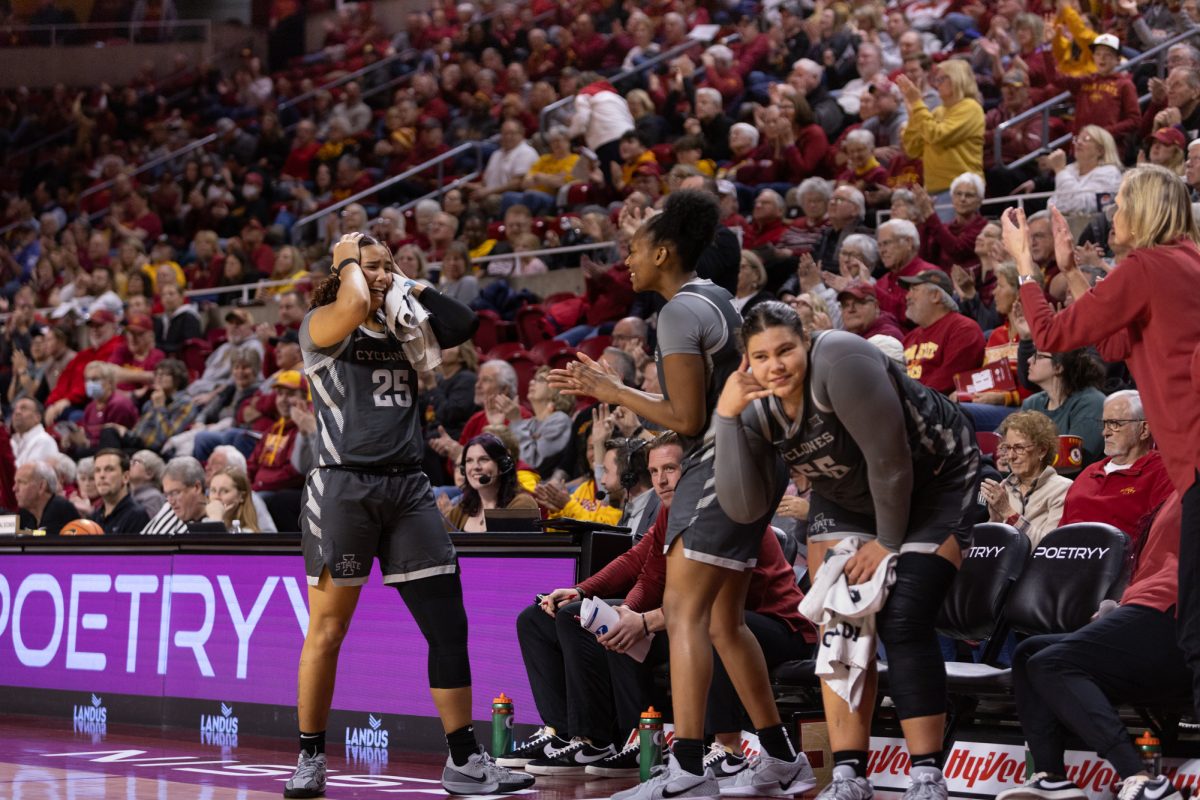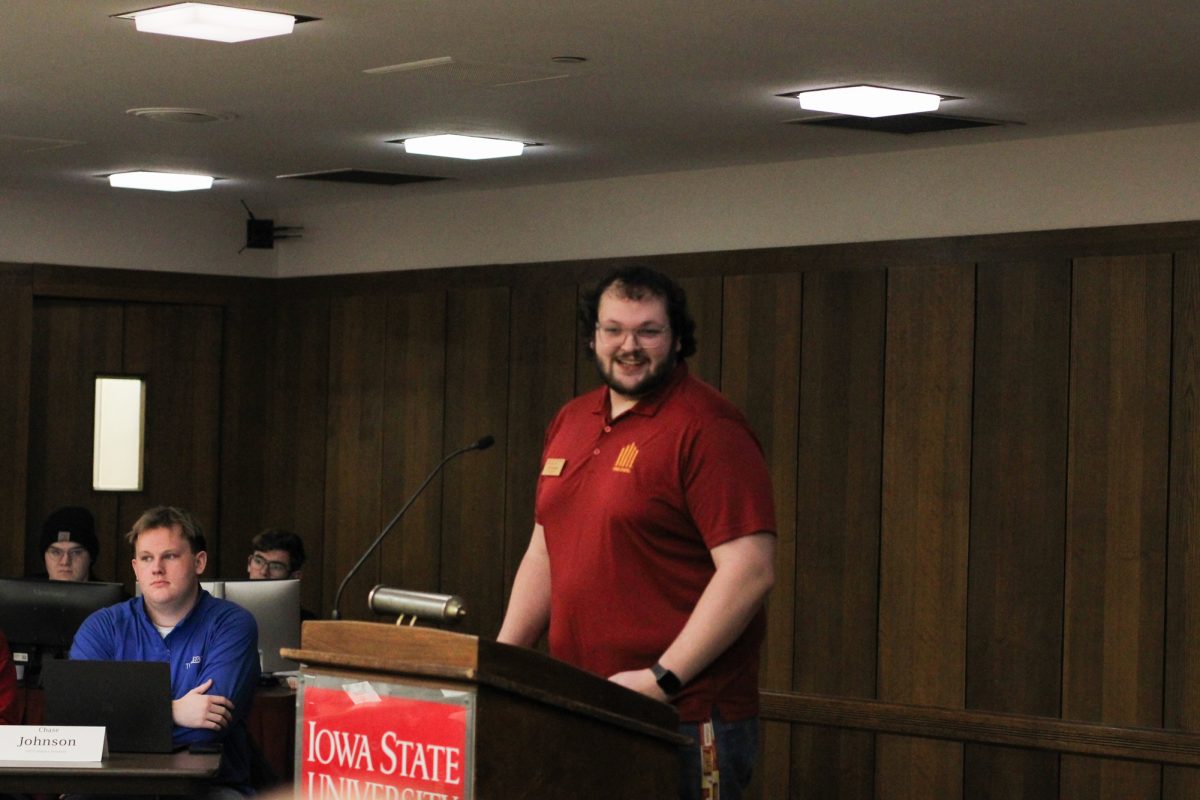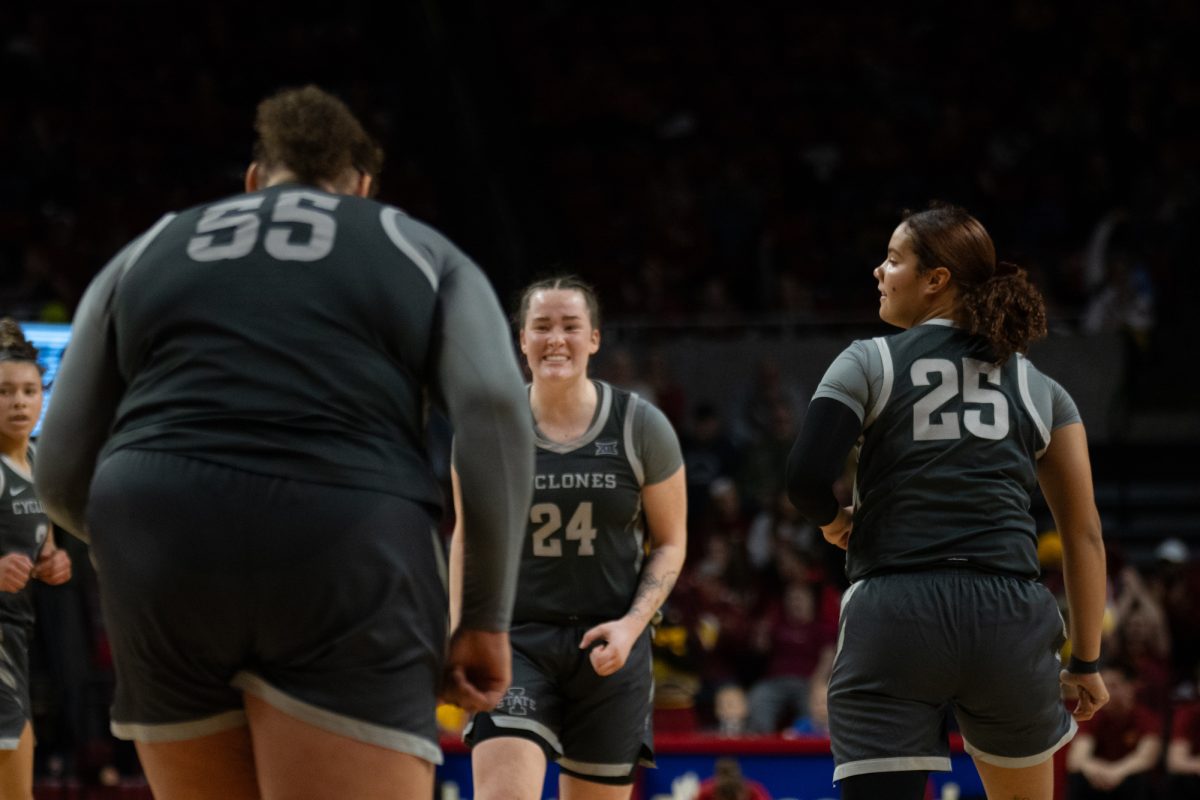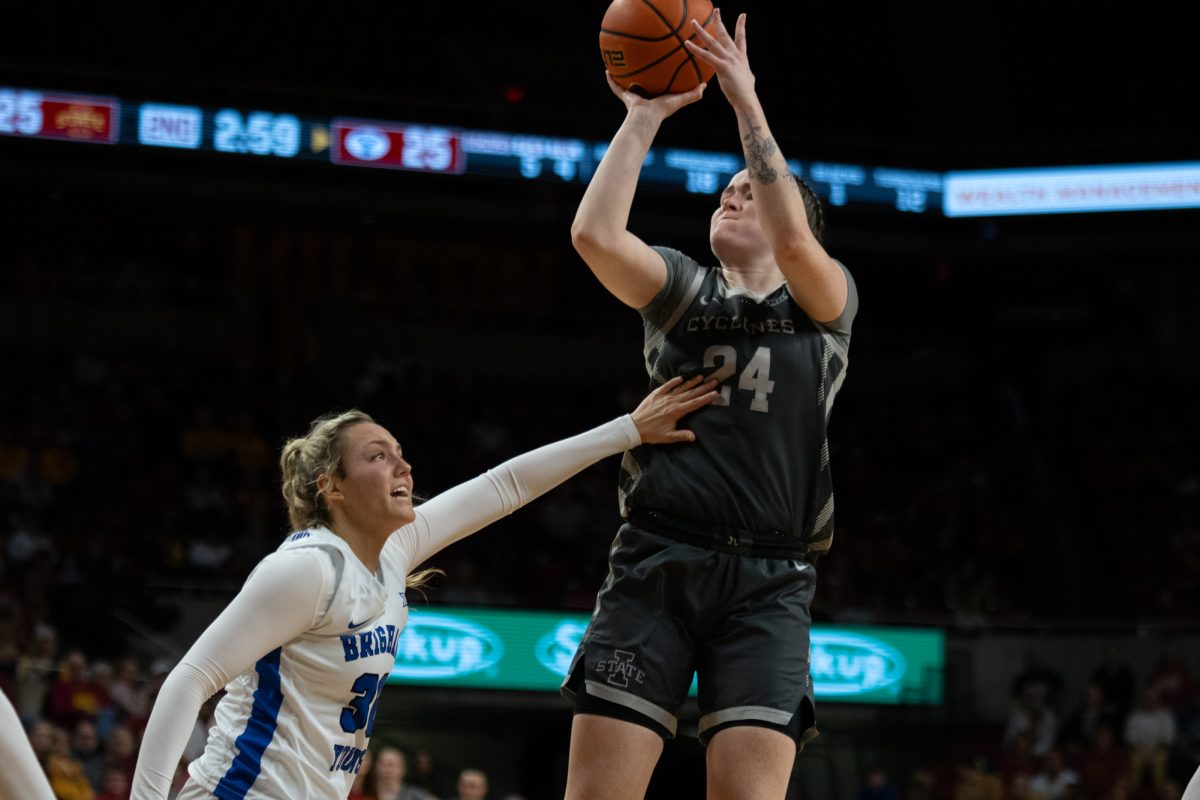Contemporary art will be new focus of Morrill Hall
February 16, 2004
Morrill Hall, often considered a landmark in its own right, will provide a home to the university’s other arts and artifacts if its renovation receives approval this week.
Since its dedication in 1891, Morrill Hall, which cost $28,739 to build, has been home to classrooms and laboratories for zoology, entomology and geology. Part of the basement was used as a physical education gymnasium.
Kerry Dixon-Fox, architect for Facilities Planning and Management, is the project manager in charge of coordinating the renovation work of Morrill Hall along with the design consultants.
“It is somewhat like herding cats,” Dixon-Fox said. “There is so much to be keeping track of all at once, and making sure everything is going in that needs to go in.”
Once remodeling is completed, there will be a Christian Petersen Museum as a part of University Museums in the building. The ISU campus contains 12 of Petersen’s original pieces, including “Fountain of the Four Seasons” in front of the Memorial Union, “Veterinary Medicine Mural” at the College of Veterinary Medicine and “The Conversations” at Oak Hall.
The Petersen Museum will be the only campus museum fully dedicated to public art. Lynette Pohlman, director of University Museums, said programs that will appear will contain mainly contemporary art.
“Petersen was an artist of his day,” Pohlman said. “He was a contemporary artist during his time, and that is what we would like the general focus of the museum to be.”
Renovations will also include the Center for Visual Learning in Textiles and Clothing. Susan Torntore, assistant professor of textiles and clothing, has been involved in developing the program requirements.
“I make sure that our space will meet strict specifications for the environmental protection of our historic clothing and textiles collection,” Torntore said. “I will also be using the space myself for teaching the history of dress and textiles, museum studies and material culture studies.”
Morrill Hall will also include a multimedia-equipped classroom where students can examine artifacts for the purpose of teaching and presenting programs to campus and off-campus audiences.
Torntore said the textiles and clothing program has an extensive collection, numbering about 7,500 pieces. It’s one of the largest among American colleges and universities. Additional storage facilities would allow the collection to increase to 16,000 to 20,000 pieces in the next 20 years.
“We are hoping to incorporate an observation wall that will allow for viewing conservation projects in process without disturbing sometimes painstakingly close and delicate conservation work,” Torntore said.
Project coordinators said they would like to see it finished by spring of 2006, to use by classes in the fall.






